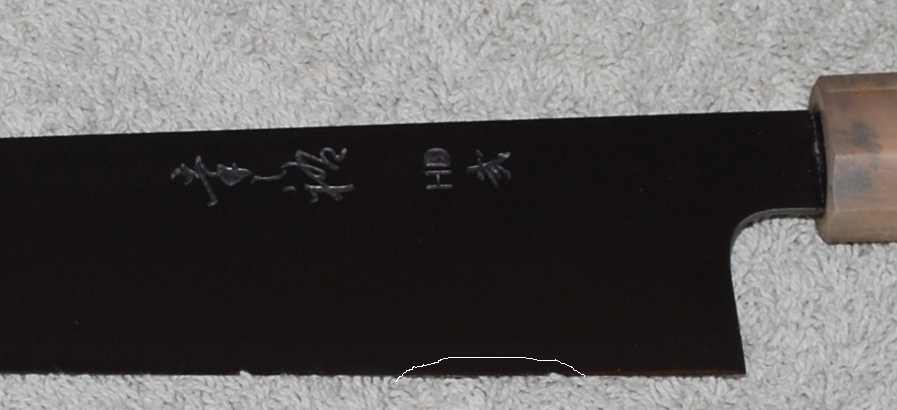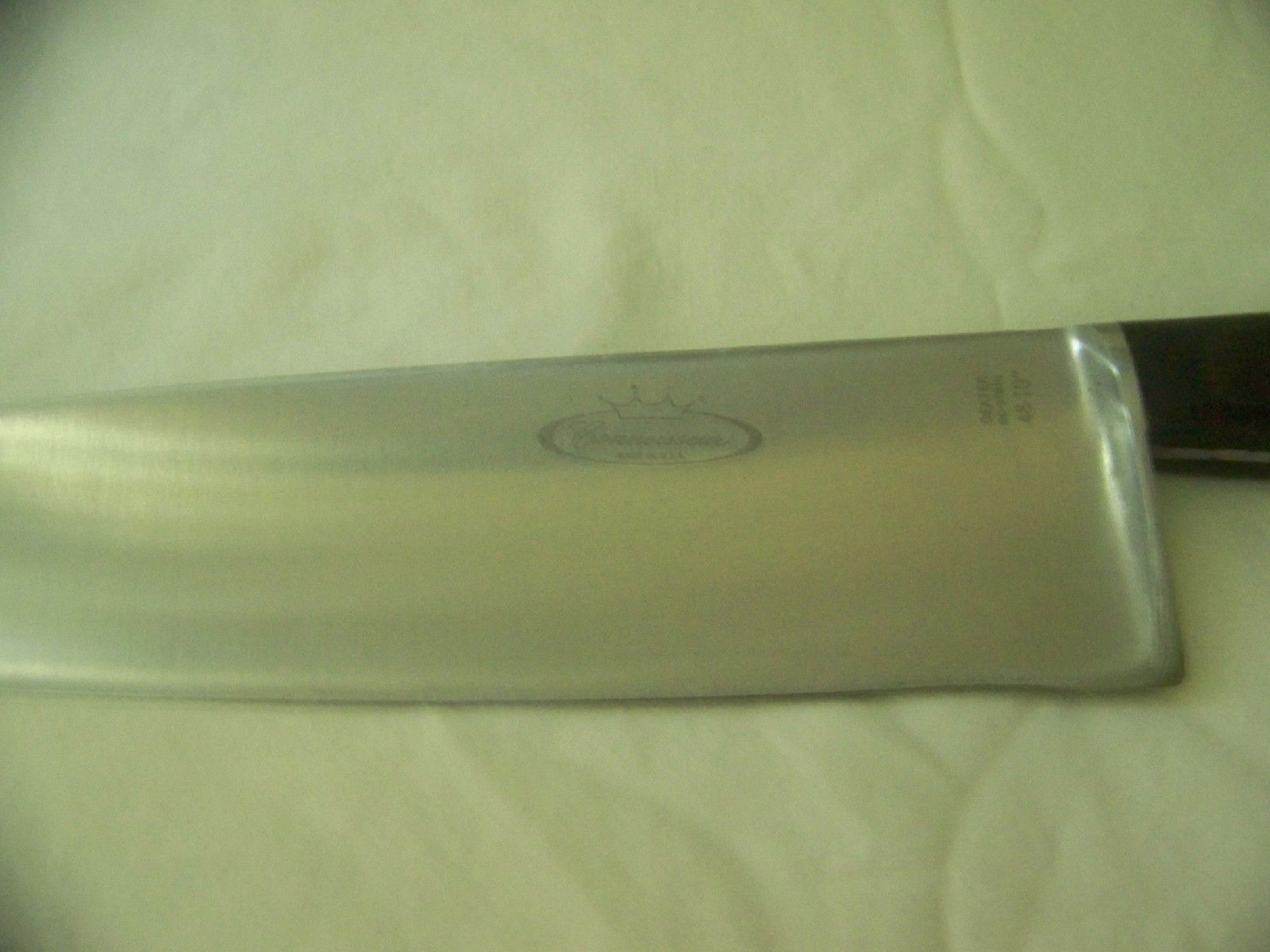I have read and noticed something odd concerning sharpening kitchen knives. There are a few mentions on the net of a small portion of the blade just before the heel of a knife that seems to be a "weak" spot. Weak in the fact that it seem to form a hollow spot on the blade. This area will after time, not make contact with a cutting surface (board et al...).
Why is this? What can be done to prevent it? Is this true with all knives or have I just come across "unlucky" specimens. I have also read it is more prone on knives with bolsters but these J knives have no bolster.
Why is this? What can be done to prevent it? Is this true with all knives or have I just come across "unlucky" specimens. I have also read it is more prone on knives with bolsters but these J knives have no bolster.






